Since its beginnings as a stapled, photocopied protest zine, every cover of White Fungus magazine has shown the same graphic of the titular medicinal ingredient with no description of the contents. The idea came from a can of white wood ear fungus that co-founders Ron and Mark Hanson saw in a Taichung supermarket two decades ago.
The intentional ambiguity creates confusion, stimulates curiosity and avoids attracting a singular type of audience, Ron Hanson tells the Taipei Times. The title has been called “revolting” in one article (that otherwise praised it), and it was once misplaced in the hallucinogenic section of a Canadian chain store.
“It’s an example of how translation can really alter the meaning of something; in Chinese it’s very innocent sounding but the English is jarring,” Hanson says. “We’re interested in this sort of in-betweenness; as New Zealanders living in Taiwan … we’re interested in exploring these sorts of gray areas when you’re communicating across cultures.”
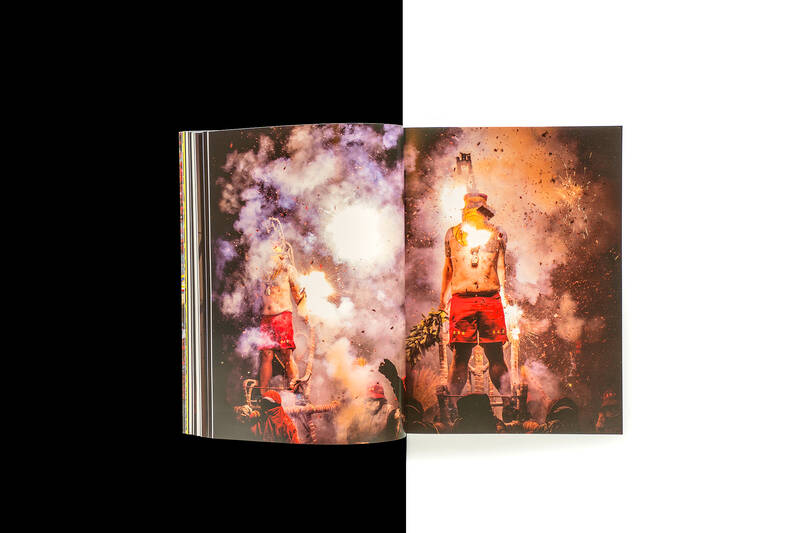
Photo courtesy of White Fungus
But even the Taichung-based Hanson wondered how long he and his brother Mark could keep defying “conventional logic of what you’re supposed to do with a magazine.”
So far, 19 years. After a four-year pandemic hiatus, the 17th issue will hit the shelves outside Taiwan next week with a feature on the impact of climate change on Australia’s bats, poetry by Paul Celan, the avant garde jazz group The Art Ensemble of Chicago and a 8,000-word feature on the Bombing of Master Handan (炸寒單) religious ritual, where firecrackers are thrown at topless men paraded on a sedan.
The magazine used to be known for its popular launch parties and other art events, but Hanson says he’s simply getting a bit too old for that.
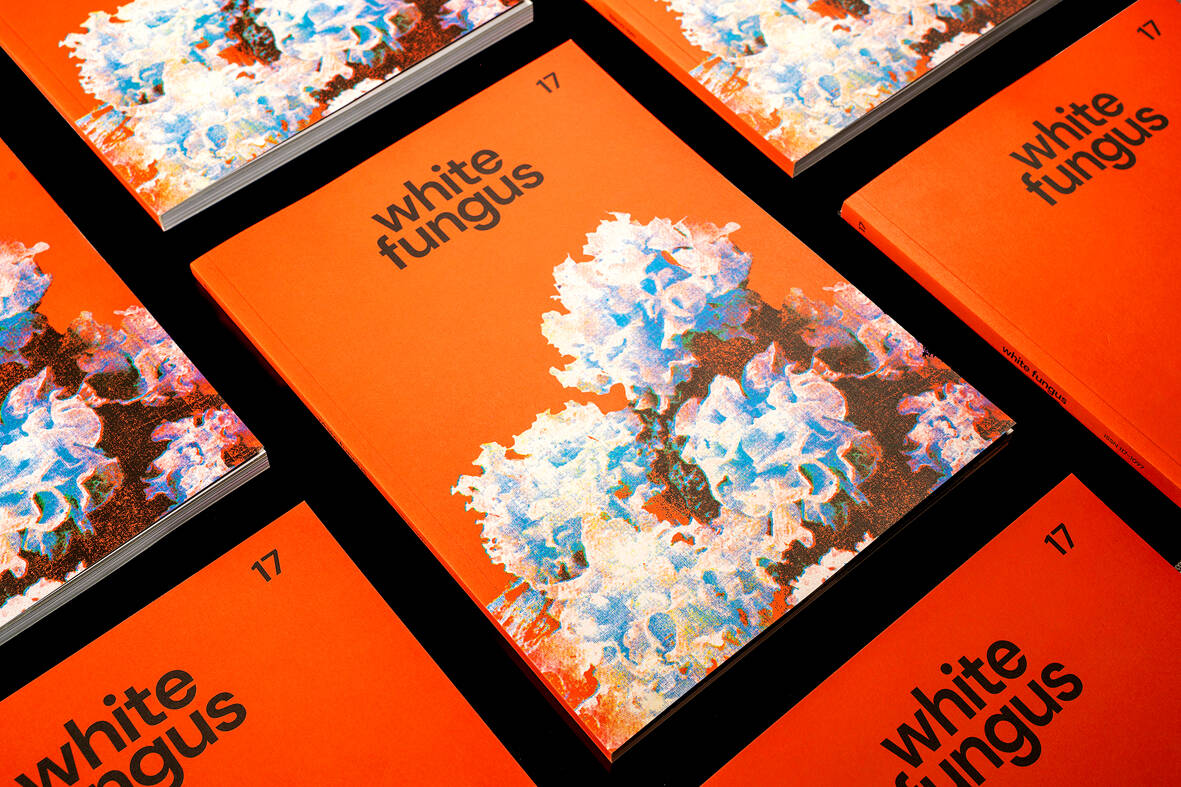
Photo courtesy of White Fungus
Hanson is especially proud of the Handan article, which took about a year to just research, calling it one of his all-time favorites.
“We’ve had Taiwan content in every issue since #7, but this is probably the deepest engagement we’ve had with Taiwan,” he says.
TWO SIDES OF FOLK RELIGION
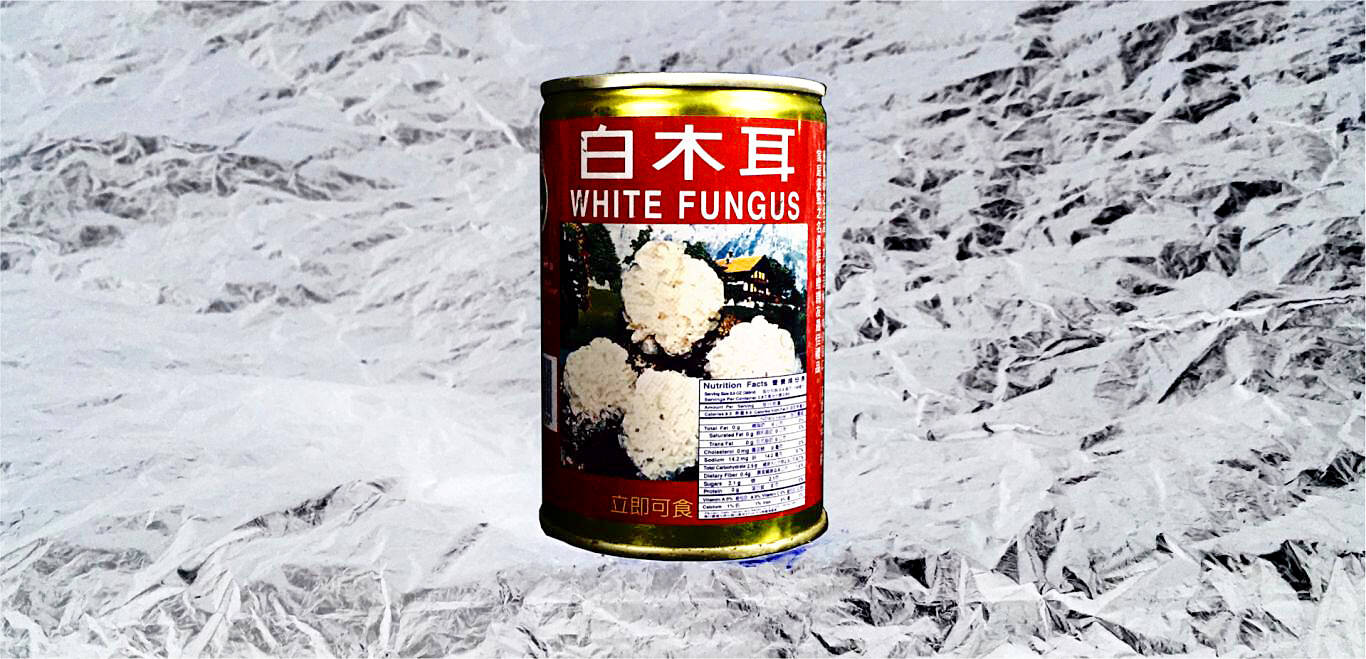
Photo courtesy of White Fungus
Hanson and his small team began working on the latest issue in 2020, but COVID-19 put a halt to their plans.
“It’s difficult enough putting out a print publication during the best of times,” he says.
The Handan article was planned to be a short piece about the fascinating yet violent festival, but it mushroomed as the Hansons dug deeper.
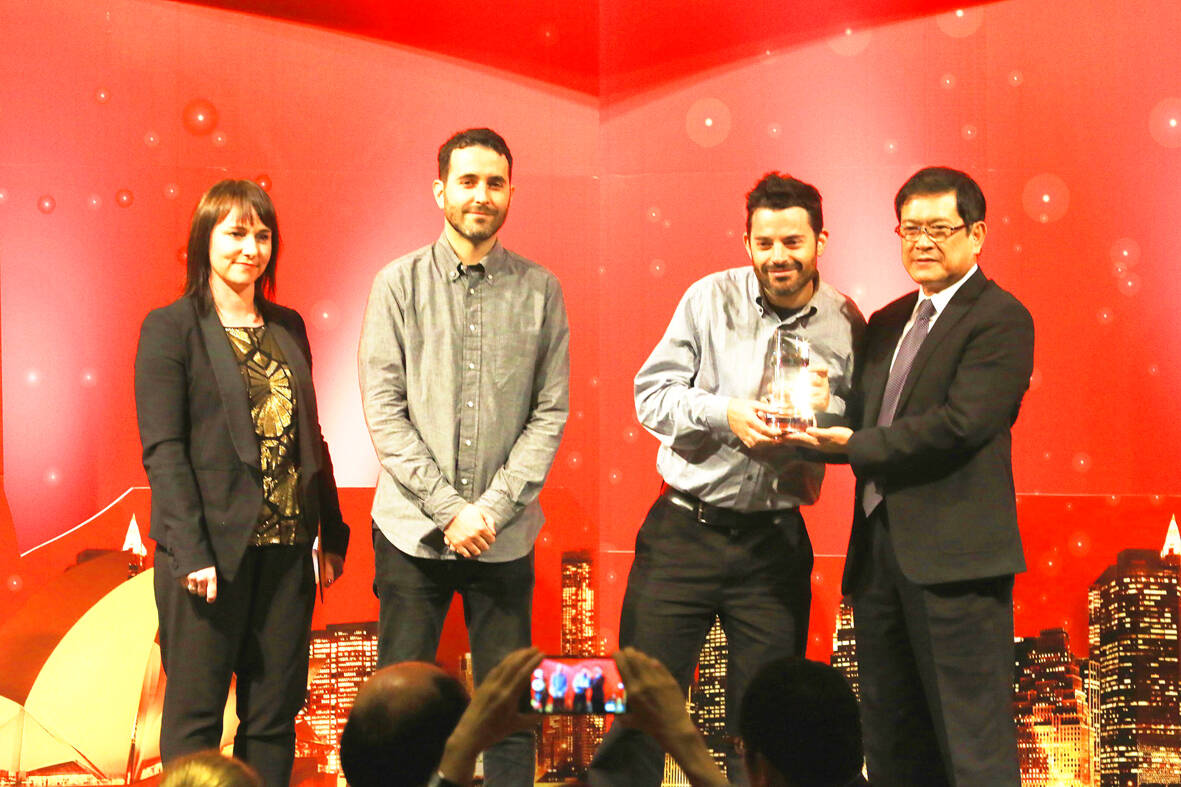
Photo courtesy of White Fungus
“The more we looked into it the more interesting it became,” Hanson says. “Not just the connections to Chinese mythology, but the way some of these tales had morphed into something new under local conditions here. The connection with the criminal underworld is always interesting, and how that connects to tourism and politics — it’s a very unusual intersection which we tried to understand as best as we could.”
After about a year of research, they were able to meet some of the people who got “bombed” as representatives of the Handan deity, knowing enough by then to have some substantial conversations about what the ritual meant to them.
“It’s a brotherhood, it’s community, it’s a platform for them to express themselves, but it’s also dangerous and there’s a lot of bodily harm. It’s a complex phenomenon,” Hanson says. “It’s really a mixture of feelings when you see it; it’s loud, abrasive and violent but also beautiful. My personal experience was a very mixed sea of emotions.”
Immediately following the Handan article is a series of contemplative black and white photos of large-scale Taiwan’s deity statues by artist Yao Jui-chung (姚瑞中).
“We were interested in that juxtaposition because Handan is bright, spectacular and violent, while these photos show a calm, more meditative side … We don’t want the reader pigeonholing the phenomena of Taiwanese folk religion,” Hanson says. “It’s a bath for the eyes after all the intense stimulation.”
Hanson refers to Yao as his guiren (貴人, benefactor or life-changer). They first became friends at the Islanded art exhibition in New Zealand in 2006, and since the brothers had lived in Taiwan prior to that, Yao encouraged them to move back when the magazine began struggling.
“He took us all over Taipei and introduced us to all these artists and curators and just sped the whole process up,” Hanson says.
ORGANIC PROCESS
Putting the magazine together is usually an organic process; an artistic creation that doesn’t follow a fixed format or publishing date, Hanson says.
“It’s about what material we have access to at a given moment … The topics may be different but we look for threads that connect the material,” he says. “We want an audience that’s not just interested in one kind of material, we’re interested in the mixes, the surprises, the juxtapositions.”
In the latest issue, for example, fire is featured in three articles — besides Handan, the bat article discusses how they’re impacted by the 2019-2020 Australian wildfires, and a piece on composer Annea Lockwood’s London years mentions her “Burning Piano” performances in the late 1960s.
Hanson says they’ve thought of calling it quits many times in the past. In 2010, he was burnt out both mentally and financially and suffering from health issues after the 11th issue, and decided to make the 12th the last.
“We thought we’d do a final issue and make it exactly the issue we want to make, no advertising, no pleasing anyone,” he says. “But it suddenly really took off.”
That issue was selected for Museum of Modern Art in New York’s Millennial Magazines exhibition, leading to much major coverage and opportunities — they were in 17 exhibitions and fairs in 2012 alone, did a magazine residency in San Francisco and were offered a global distribution deal.
That issue contained their first interview with performance artist Carolee Schneemann, who was again featured in a 54-page interview in Issue 16, shortly before her death. That piece is another one of Hanson’s favorites as they were able to cover much ground with a famous artist and put out something meaningful as one of her final interviewers.
It all came full circle in 2014 when White Fungus was featured in a major Taiwanese publication. Turns out, the aunt of one of Mark’s students worked for the company that produced that original can of white fungus they saw in the supermarket that inspired the title and cover art.
“She turns up at school with a big box of these cans,” Hanson says.
These days, the world’s growing interest in Taiwan provides more fuel to carry on.
“We’ve been here for a long time and we were interested in it back when people were confusing Taiwan with Thailand, so we feel the compulsion to try and provide something a bit deeper, an alternative to the shallow media coverage that you see everywhere now,” he says.
The goal for now is to make it to 40 years.
“Avant garde is a really tough path that’s about longevity — if you stick around long enough you start to get some rewards. On a practical level, once we’ve come this far we might as well keep going,” Hanson says. “But there’s also a drive … that compels us to do things. We feel the need to fulfill our creative ambitions and we can’t just turn our back on it.”

Three big changes have transformed the landscape of Taiwan’s local patronage factions: Increasing Democratic Progressive Party (DPP) involvement, rising new factions and the Chinese Nationalist Party’s (KMT) significantly weakened control. GREEN FACTIONS It is said that “south of the Zhuoshui River (濁水溪), there is no blue-green divide,” meaning that from Yunlin County south there is no difference between KMT and DPP politicians. This is not always true, but there is more than a grain of truth to it. Traditionally, DPP factions are viewed as national entities, with their primary function to secure plum positions in the party and government. This is not unusual

Mongolian influencer Anudari Daarya looks effortlessly glamorous and carefree in her social media posts — but the classically trained pianist’s road to acceptance as a transgender artist has been anything but easy. She is one of a growing number of Mongolian LGBTQ youth challenging stereotypes and fighting for acceptance through media representation in the socially conservative country. LGBTQ Mongolians often hide their identities from their employers and colleagues for fear of discrimination, with a survey by the non-profit LGBT Centre Mongolia showing that only 20 percent of people felt comfortable coming out at work. Daarya, 25, said she has faced discrimination since she

April 21 to April 27 Hsieh Er’s (謝娥) political fortunes were rising fast after she got out of jail and joined the Chinese Nationalist Party (KMT) in December 1945. Not only did she hold key positions in various committees, she was elected the only woman on the Taipei City Council and headed to Nanjing in 1946 as the sole Taiwanese female representative to the National Constituent Assembly. With the support of first lady Soong May-ling (宋美齡), she started the Taipei Women’s Association and Taiwan Provincial Women’s Association, where she
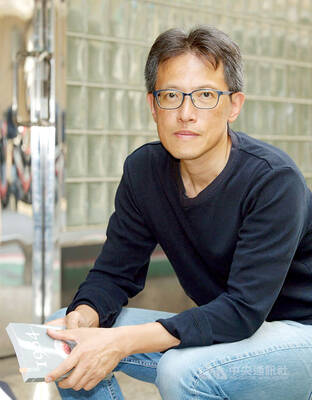
More than 75 years after the publication of Nineteen Eighty-Four, the Orwellian phrase “Big Brother is watching you” has become so familiar to most of the Taiwanese public that even those who haven’t read the novel recognize it. That phrase has now been given a new look by amateur translator Tsiu Ing-sing (周盈成), who recently completed the first full Taiwanese translation of George Orwell’s dystopian classic. Tsiu — who completed the nearly 160,000-word project in his spare time over four years — said his goal was to “prove it possible” that foreign literature could be rendered in Taiwanese. The translation is part of